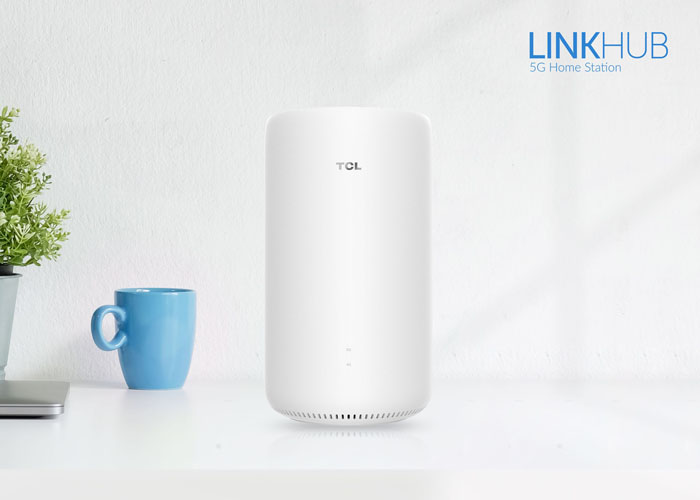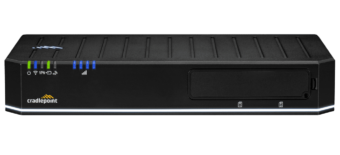Terms such as “4G/5G mobile internet”, “4G/5G wireless internet” and “4G/5G Fixed Wireless Access” are frequently discussed, but what exactly is the difference and what do we mean by 5G Fixed Wireless Access. As a specialized 4G/5G Wireless WAN & IoT distributor we would like to explain this further. After all, just like Capestone, you too are trying to get the most out of technological solutions to make your customers’ daily lives more efficient, sustainable and secure.
In the basics we have to look at the underlying application. Mobile internet, via 4G or 5G, actually means using the internet in mobile locations. Think of internet in a vehicle, such as a bus, barge or streetcar, but also setting up an internet connection via a MiFi for travel.
By Fixed Wireless Access, we mean permanently using a wireless connection as the primary internet connection, for the office or home.
Fixed Wireless Access means that the end user is permanently connected to the internet through a 4G/5G connection. A 5G FWA solution is probably best compared to a wireless fiber connection, mainly intended for locations where the construction of a fixed fiber connection is not feasible due to high costs or the geographical characteristics of the location. Think of remote locations, such as; meadows, hills, mountains and other outdoor areas that are difficult to reach. A Fixed Wireless connection is then often the only solution.
Network Operators and Internet Service Providers are investing heavily in the construction of fiber networks and the expansion of the 5G network to provide end users with faster internet and to deliver new services. In places where the installation of fiber is TCO-wise not interesting and existing copper networks – partly due to the increasing demand of the end user for fast internet for various applications – no longer deliver the desired speeds, Fixed Wireless Access technology offers the possibility to also provide these end users in rural areas with internet.

Several network equipment manufacturers have launched 5G CPE’s. For example, brands such as TCL and Huawei are specializing with their 5G router portfolio on 5G Fixed Wireless Access solutions for the consumer market, Small Office /Home Office (SoHo) and SMEs. The TCL 5G Home Station is a good example where the consumer or small business user can easily use a fixed wireless connection. In combination with the Comgate 5G Unlimited SIM there is also no worry about data usage within the Netherlands. The TCL has WiFi 6 which makes live streaming, watching and downloading 4K videos and cloud gaming possible over this 5G FWA connection. The home worker and business user have also been considered, because a VoIP device can be connected to the router via the RJ11 port. If needed, an external 5G antenna can be connected for better reception of the 5G signal. Furthermore the 5G router can be expanded with a switch and multiple WiFi access points if necessary. For example, because the room is too large for the range of WiFi 6 from the router.

The business user has very different requirements for an internet connection than a consumer. Obviously, the price is important, but on the other hand, themes such as security and topics like redundancy, device management and API capabilities play an important role in the choice of an IoT manager or network administrator for a specific brand. One of the parties playing a central role in 5G networking solutions for Enterprises is Cradlepoint, part of Ericsson. Its 5G portfolio includes several cloud-managed 5G Enterprise routers that allow enterprises to use 5G technology as a primary source of internet, or 5G Fixed Wireless Access for Enterprises.
For example, the Cradlepoint E3000 can be ideally deployed as a primary router for the Enterprise segment. The device not only features dual-SIM functionality, but also has room for an additional 5G modem allowing four SIM cards to be used, 2 of which are simultaneous. The other two 5G SIM cards then serve as a backup. Importantly, the router has PoE, which can be used to power other devices such as a switch or access points. The E3000 Enterprise router also features an SFP port for fiber and multiple LAN/WAN ports with firewall and ISP throughputs of up to 2 Gbps.


5G Router
Qualcomm Snapdragon X55 chipset
1000 simultaneous connections
View product
5G Enterprise Router
1x 10 Gigabit SFP+
2Gbps Firewall Throughput
View productWe are happy to help answer your questions. Whether you are looking for technical support for your Wireless Wan solution or general information about our portfolio. Leave your message and we will get back to you soon!
Get in touch
What should I consider when choosing the right Wireless Wan solution for my industry?
In various industries, our 4G and 5G solutions help make customers’ lives simpler, easier, safer and more sustainable. Are you using the 4G/5G solution for a primary or secondary internet connection? For business-critical communications? Do you need WiFi? Do you want to connect devices to the network such as a camera? And what is the environment like; does the hardware need to be water-dust resistant. In short, several questions need to be asked. As experts, we are happy to help you further!
Who are the 4G/5G Solutions for?
The 4G/5G Internet Packages of Capestone are specially developed to relieve resellers and companies of the burden of selecting, configuring, installing and commissioning mobile Internet solutions. The engineers of Capestone ensure that the solution is complete and delivered fully pre-configured, including the necessary connectivity.
Why choose to partner with Capestone?
For more than 10 years, we have ensured that our resellers and partners always receive maximum support for projects, requests and other customer and tender processes.





